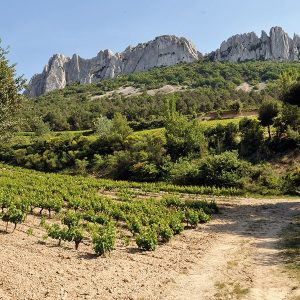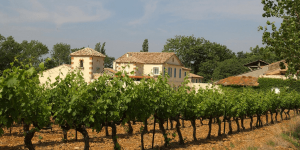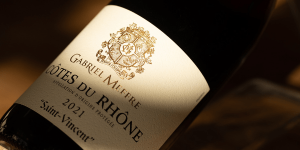Three French terms you should know to shine during tasting sessions
Oh la belle robe ! (What a beautiful robe!)
A wine’s ‘robe‘ (the same word is used in English) refers to its colour. It is a valuable source of information. The shades and intensities of colours in the robe tell us about the age of the wine and its origin.
A young white wine may have a shimmering green shade. As it ages, yellow and golden shades appear.
In its youth, red wine will have purplish shades. At its peak, it will have ruby or dark red tones, like our Croze-Hermitage or our 2016 Laurus Vacqueyras. Then, with wine for laying down, brownish red shades will appear.
The intensity of the robe’s colour will also tell you something about a wine’s origin. If you have a white wine with an intense yellow colour, then there is little doubt: it is certainly a sweet wine, such as our Muscat Beaumes de Venise. If, on the other hand, the robe is not very intense, your taste buds may be taking a journey along the Loire with a fresh and lively wine. An intense red will transport you to the Rhône Valley or Languedoc. You can expect to taste sun-drenched grapes with notes of blackberry, ‘garrigue‘ (Mediterranean scrubland) and spices.
Ce vin a de la cuisse ! (This wine has legs!)
When talking about wine, the ‘cuisse‘ (thigh), also known as the ‘jambe‘ (leg) and ‘larme‘ (tear), refers to the droplets that cling to the sides of the glass when the wine is swirled. The terms ‘legs’ and ‘tears’ are used in English. By observing the trail left by these droplets, you can learn something about the wine’s alcohol content. If the alcohol content is relatively high, the legs are very visible on the sides of the glass.
They will also tell you about the wine’s origin. This is because there are different types of legs according to the wine’s geographical origin.
“A pinot noir from Burgundy will have delicate legs. A wine from Anjou will have strong, supple legs. When people say “ce vin a de la cuisse” in France, it means a wine that is “round, charming and full-bodied, while remaining nervous.” – Le vin c’est pas sorcier, by Ophélie Neiman.
C’est un vin gouleyant ! (This wine is light and fresh!)
‘Gouleyant‘ is a French adjective used to describe wine. It is used to describe young wines, best drunk early, which are pleasant, fresh, light and easy to drink.
They are fruity, moreish wines, such as our Gabriel Rosé, which is an ideal wine for a picnic or lunch in the countryside with friends. The Côtes de Provence Madame has delicious redcurrant and raspberry aromas. It also lends itself very well to being served cool in the summer. Similarly, Anthony recommends the Côtes du Rhône, Saint Vincent 2017 red, which is both round and moreish, with prune and cherry notes.
You are now well equipped to shine during tastings! It’s over to you to put your knowledge into practice and slip these words into conversations.
If you would like to learn more, don’t forget that the Gabriel Meffre cellar is open and runs various workshops to further develop your knowledge of wine!
Rubrics
Découvrez plus d'articles...
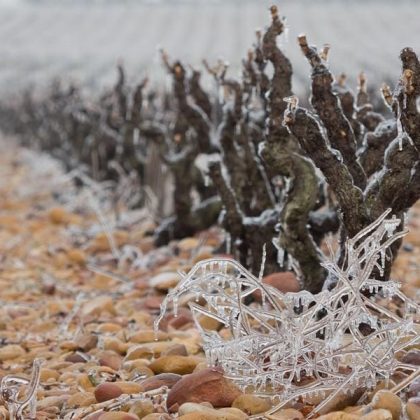
The vineyard and wine cellar in winter
What happens in the world of wine during the winter period? After the hustle and bustle of autumn, the harvests and vinification process, comes winter, a season devoted to maturation and looking after the vines.

In 2018, we will continue to strive to be a Responsible Company!
In this new year, our wish to help build a world that respects both mankind and the environment is as strong as ever. This can be seen through the number of our projects for 2018 that are closely related to our convictions as a Responsible Winery. We’re delighted to be given the opportunity to tell you about them!
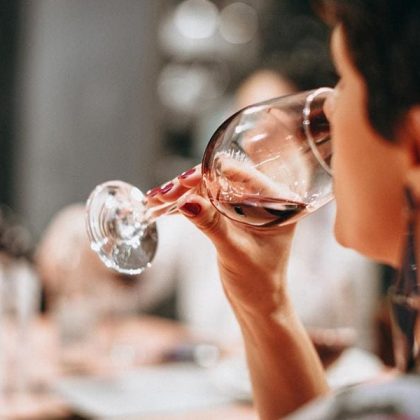
Discovering the art of pairing wine and chocolate
A morsel of white chocolate, Black Forest gâteau, pieces of stem ginger wrapped in chocolate, or Mexican chicken in chocolate sauce—all very appetising, but which wine would you serve with each one? Food and wine pairings factor in a combination of elements, such as the terroir, our powers of concentration, the circumstances of the tasting session, our sense memory and more. We guide you through some of the basic principles of this fascinating world!
